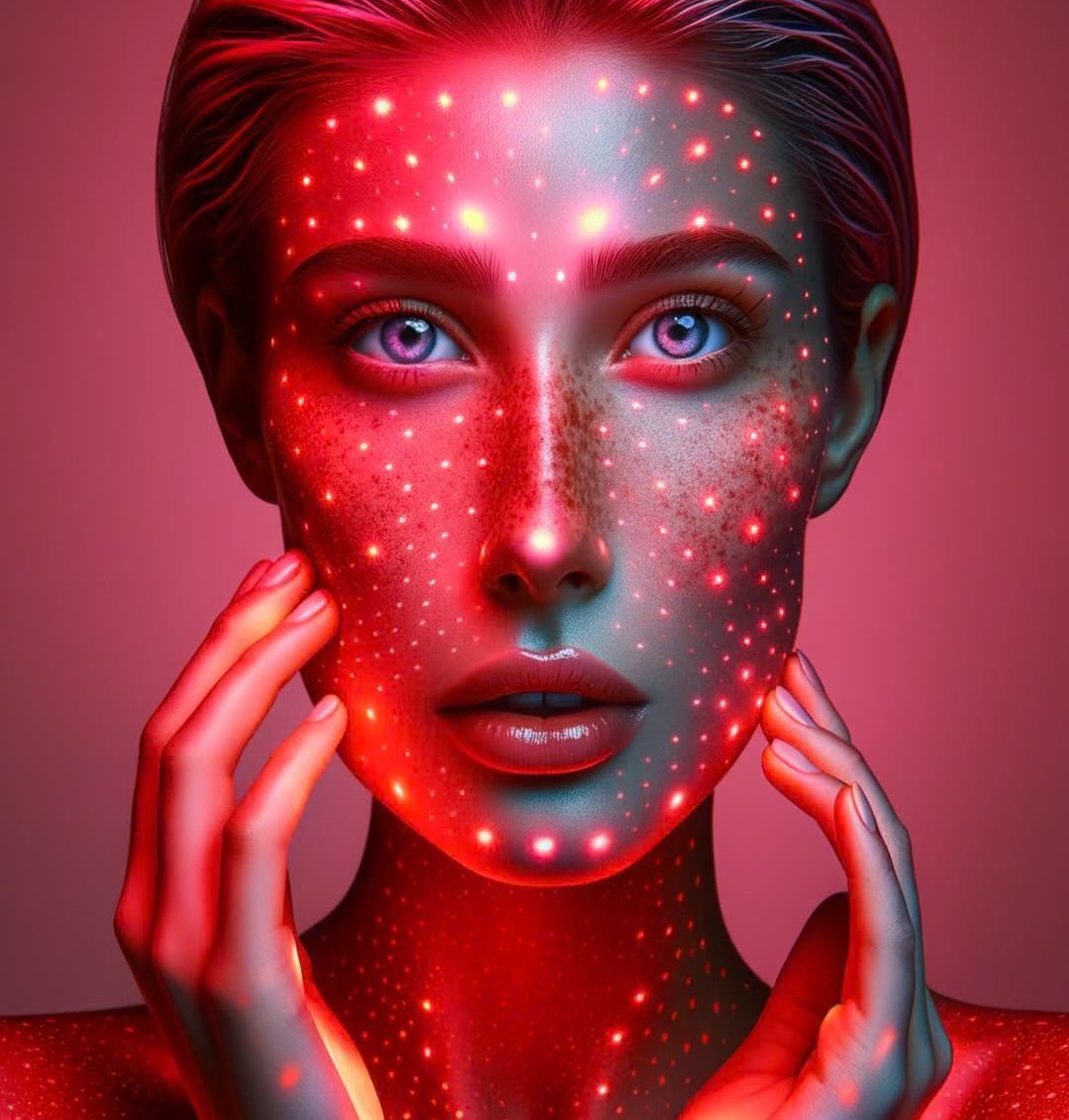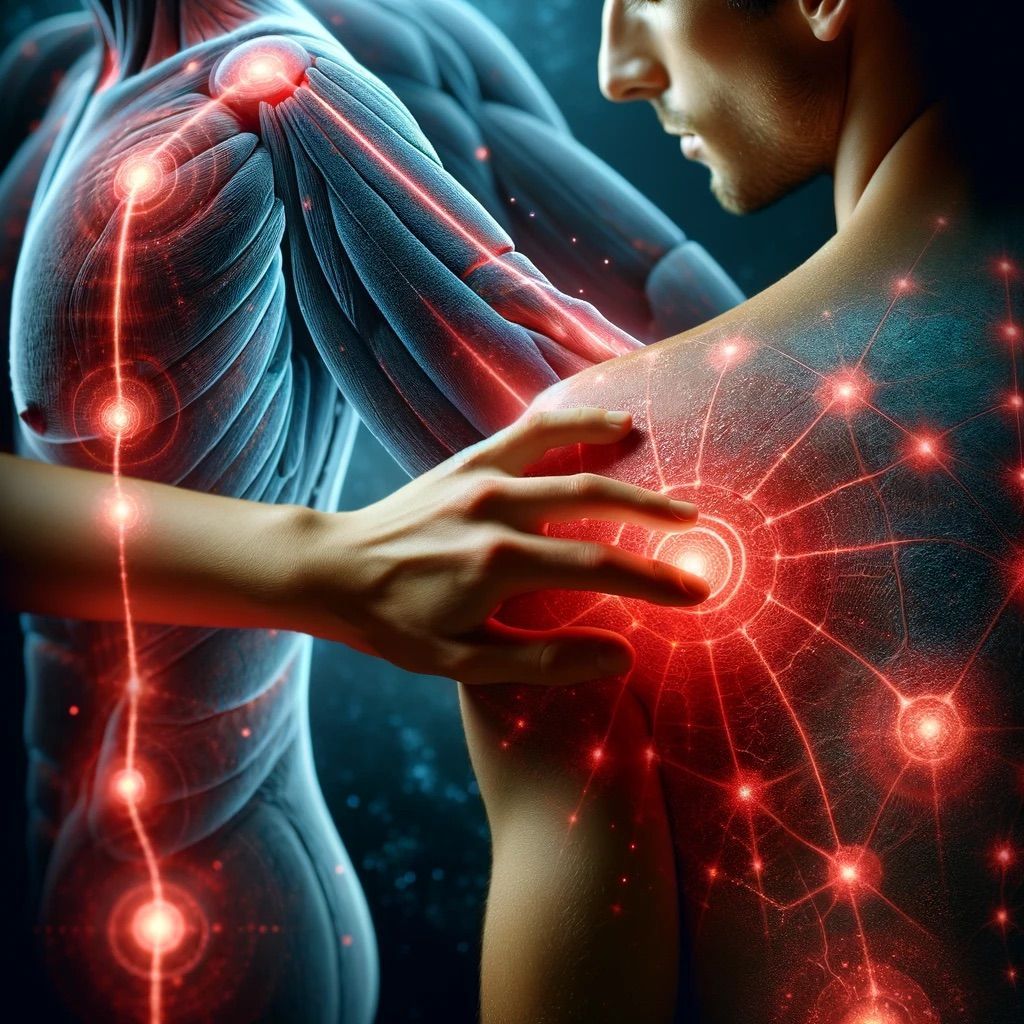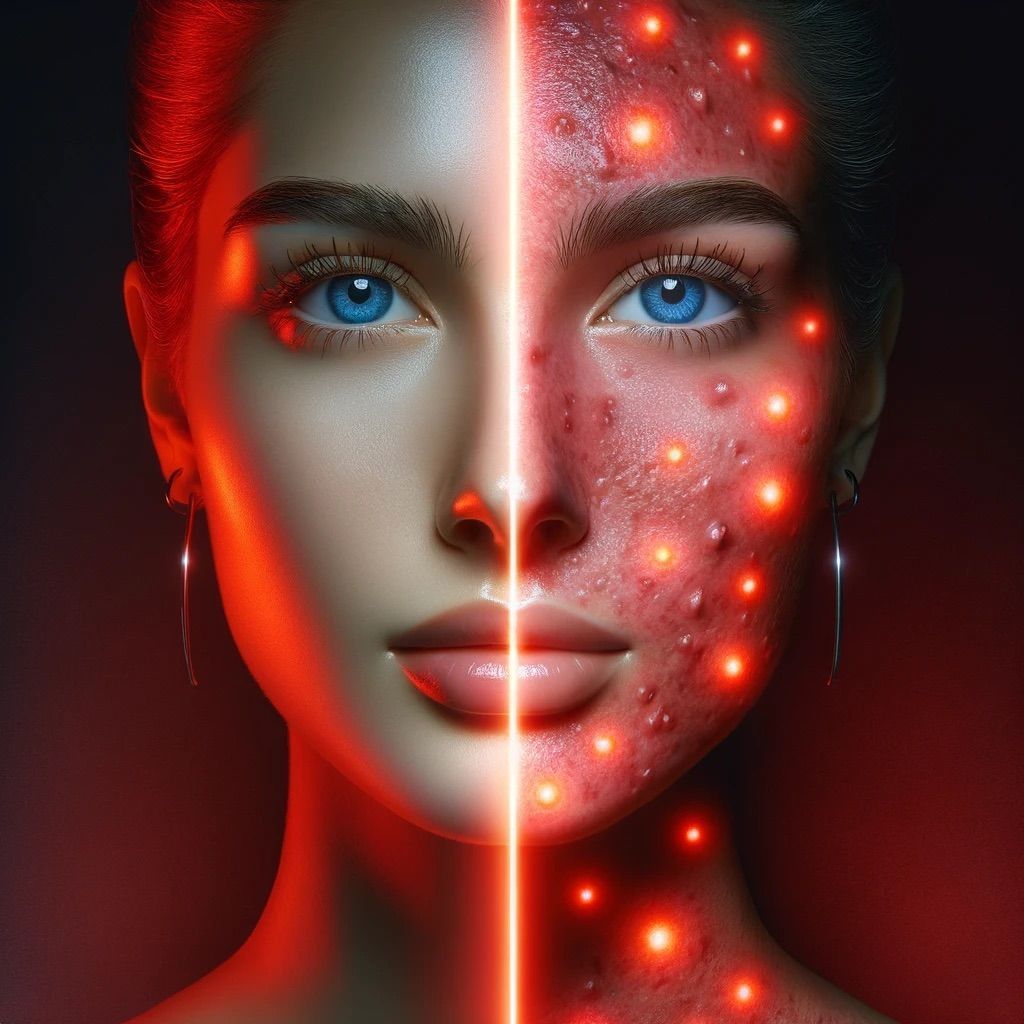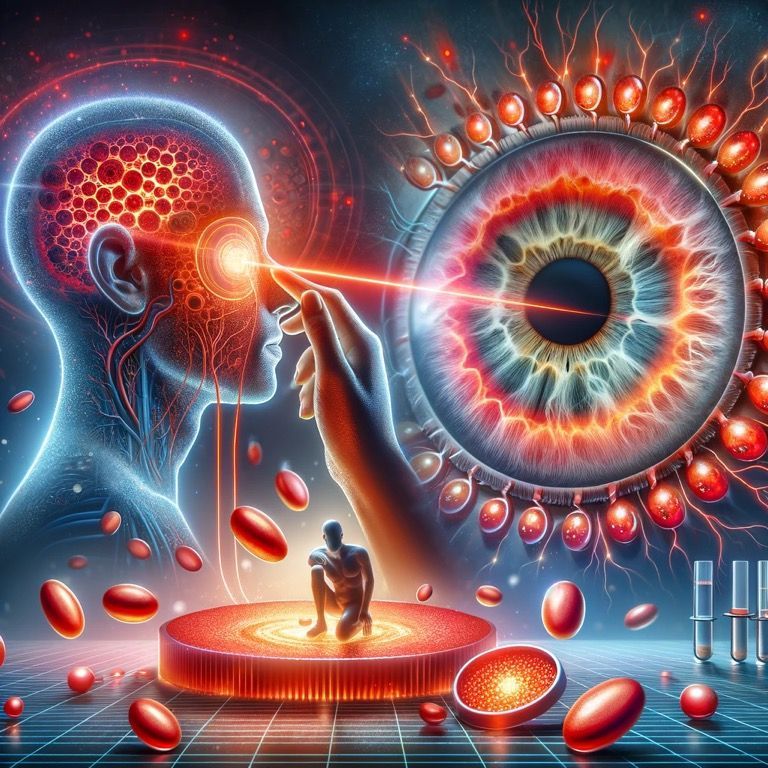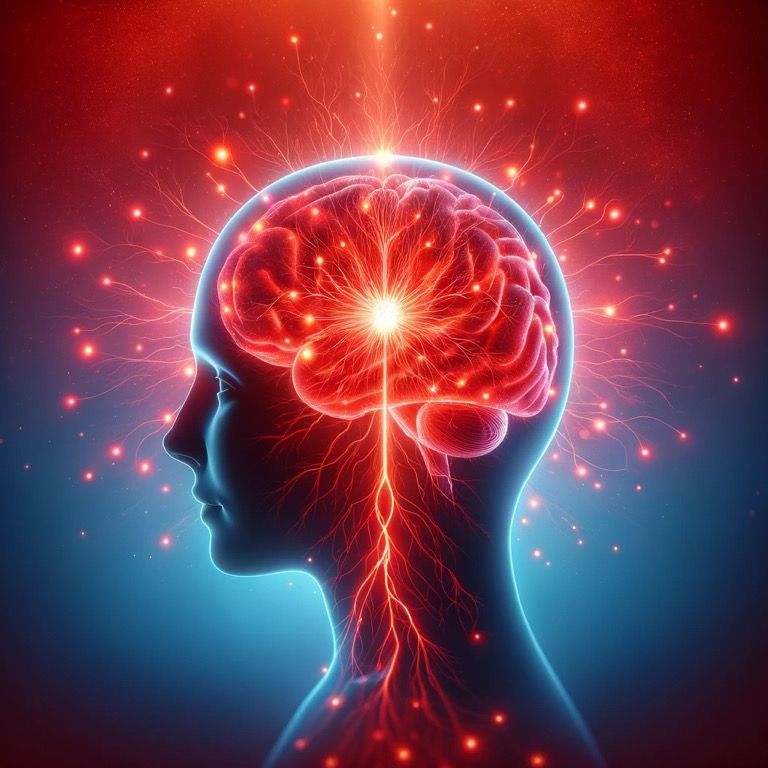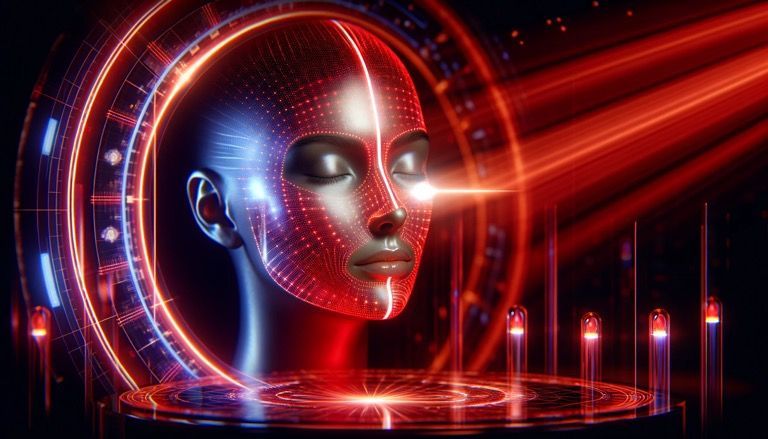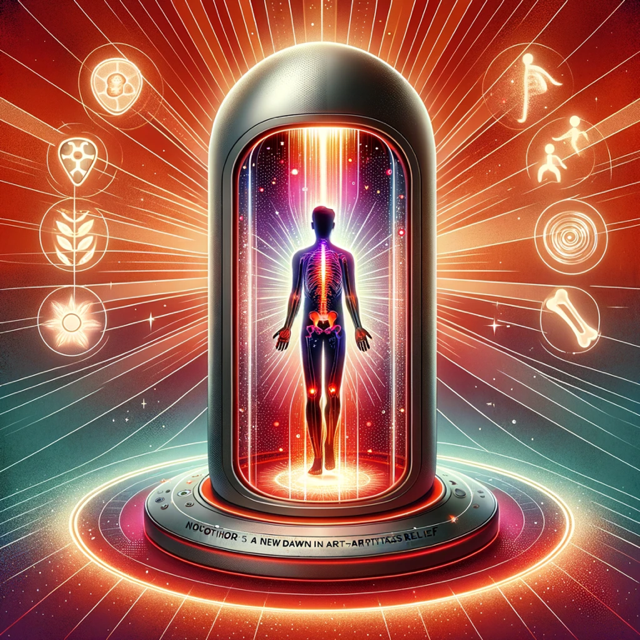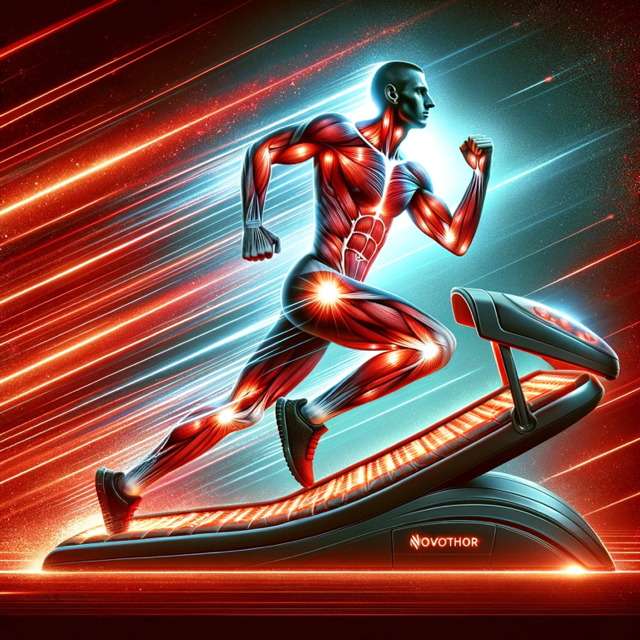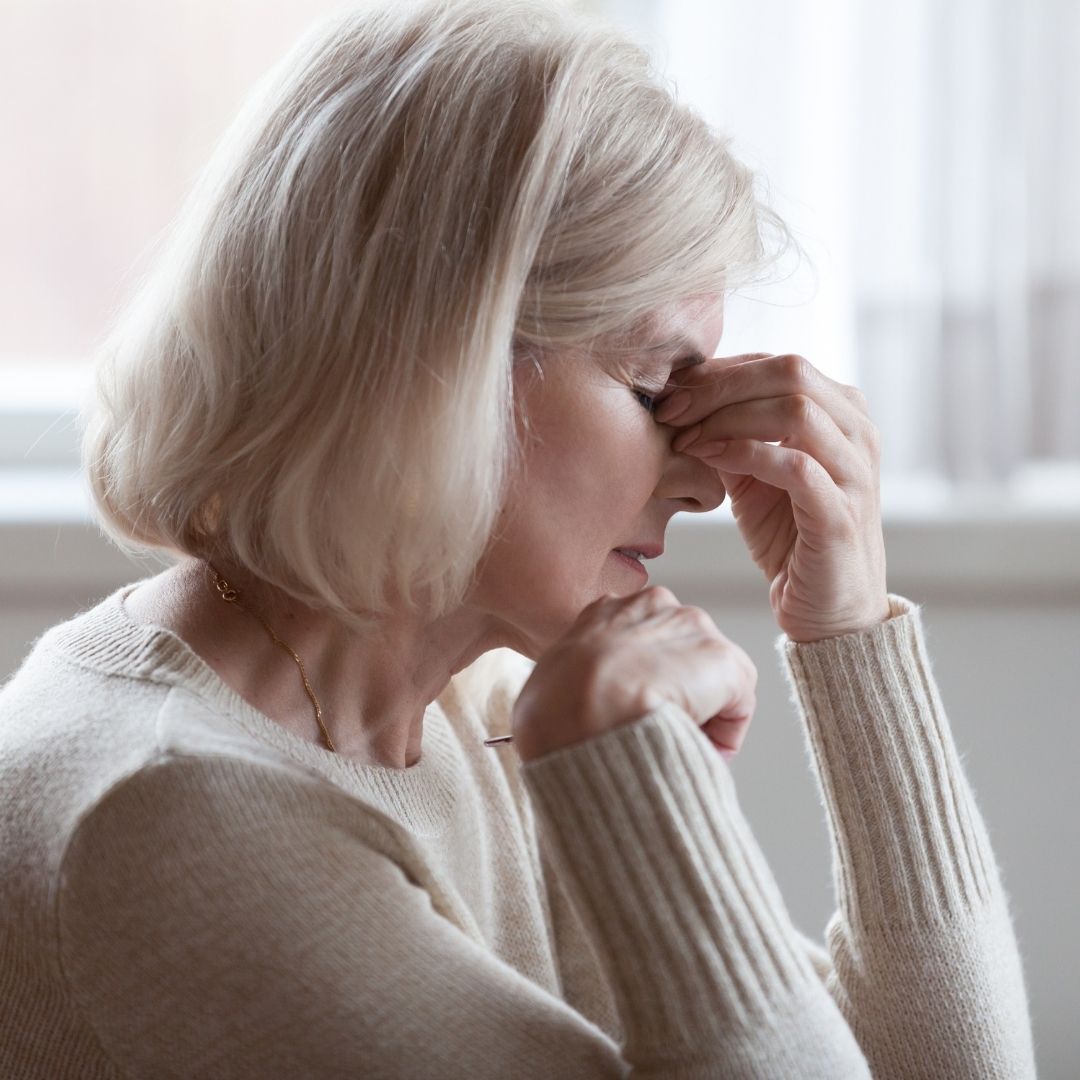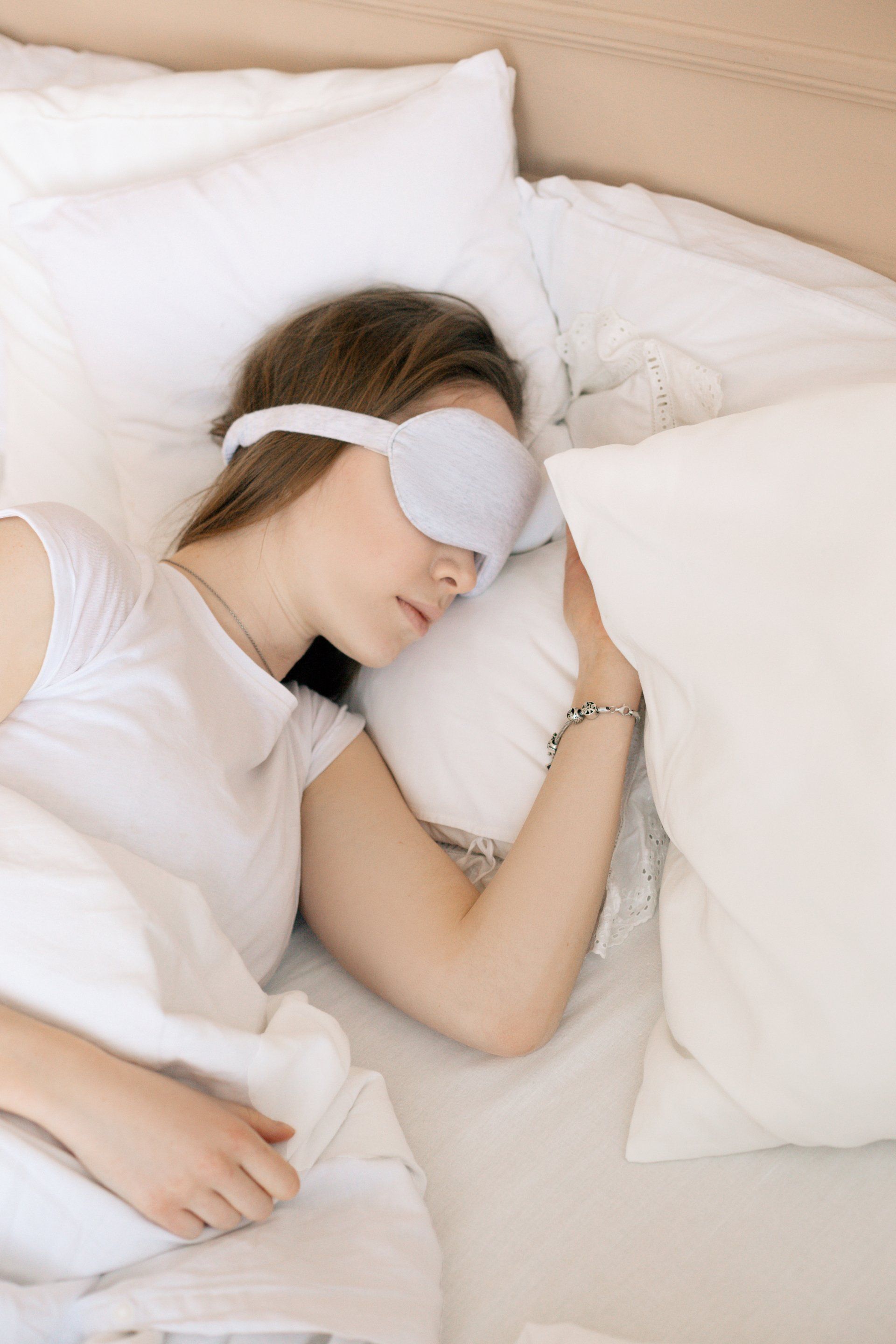Red Light Therapy
The role of light in our lives
We know that light has a variety of biologic effects. When human skin is exposed to sunlight (or artificial broad-spectrum lighting) various photochemical processes are activated in the skin that can influence overall health and well-being. For example, when we are exposed to sunlight, we usually have a feeling of well-being. In part, this is due to the increased expression of a gene (due to sunlight) in our body that produces beta endorphin, a hormone that is more effective than morphine in pain relief. Another great example is the production of vitamin D in our skin following sunlight exposure. In fact, people living at higher latitudes with less sunlight and decreased production of vitamin D are at higher risk for many chronic illnesses including type 1 diabetes, multiple sclerosis, autism, asthma, hypertension and cardiovascular mortality.
In the past century our work has largely migrated from outdoors to indoors. We are also kept indoors by the vast amount of available digital attractions; therefore, people are spending increasing amounts of time away from the natural environment in which we evolved. Insufficient sun exposure has become a real public health problem, which is especially pronounced in the months of October to March. Studies in the past decade estimated that insufficient sun exposure and related illnesses may be responsible for 480,000 deaths in Europe per year.
How does Red Light Therapy work?
After the discovery of lasers and their benefits in the 1960s, the field of photobiomodulation has broadened to include various light sources and a range of wavelengths, which now includes many in the red and near infrared spectrum.
Red Light Therapy (RLT) is a therapeutic technique that uses a specific combination of red and near-infrared light to stimulate a number of natural cellular processes. This red light can penetrate deep into the skin, where it can be absorbed and used by cells.
You may have heard of RLT by other names, including photobiomodulation, low level laser therapy, or biostimulation. The main targets for RLT are the mitochondria, which are organelles within the cells that are responsible for converting energy from food into energy for biological processes. There are several thousand mitochondria in nearly every cell in the body which produce about 90% of the energy our body needs to function properly.
Studies show that mitochondria in the skin cells can absorb these red and near infrared light particles during RLT, which then helps increase adenosine-triphosphate (the cells’ energy currency) production. It achieves this by helping the mitochondria to release energy more quickly and effectively from the food you eat. This increased bioavailability of energy is what gives you the boost for your daily activities, speed up healing from injury or increase your endurance during training.
What happens when our mitochondria do not function properly?
Loss of function or dysfunction of the mitochondria is directly related to excess fatigue and is a characteristic of all chronic diseases. Mitochondrial dysfunction may occur at any age and symptoms depend on which cells of the body are affected (e.g. cells of the brain, muscles, heart, liver, nerves, kidneys, etc.). These symptoms may include:
● muscle weakness/pain, low muscle tone
● vision and/or hearing problems
● learning disabilities
● poor growth
● chronic fatigue syndrome
● thyroid problems
● musculoskeletal diseases (e.g. fibromyalgia)
● cardiovascular diseases
● autoimmune diseases (e.g. multiple sclerosis, type 1 diabetes)
● gastrointestinal disorders
● cancer and chronic infections
● diabetes and metabolic syndrome
● neurodegenerative diseases (e.g. Alzheimer’s disease, Parkinson’s disease)
Therefore, supporting mitochondrial function by RLT is a targeted, safe and effective treatment for many conditions, and can help restore quality of life.
How can Red Light Therapy help you?
Our RLT machine uses visible red light of around 810nm (nanometers), which is a very different wavelength from the harmful ultraviolet light (that is a much shorter wavelength). Because of its longer wavelength, red light can penetrate the skin deeply, producing beneficial effects at the cellular level. Many clinical studies have demonstrated that RLT may help to effectively relieve pain, reduce inflammation, and promote skin rejuvenation and healing in damaged cells and tissues.
In dermatology, RLT has been shown to have beneficial effects on wrinkles, acne scars, burns, and it may help to improve UV damage, as well as conditions such as vitiligo and psoriasis. Because of the non-thermal and non-invasive nature (i.e. no need for any recovery time), complete absence of side-effects and high patient satisfaction rates, there is an increasing number of individuals seeking RLT procedures for improving both aesthetic and medical dermatologic conditions.
Red Light Therapy in the Medical Literature
RLT has been extensively studied for wound healing and skin repair in the medical literature, showing good results. The effect has been explained to be related to the increased proliferation of dermal fibroblasts, collagen synthesis, as well as the decrease of inflammatory cells. Clinical studies have also demonstrated significant anti-inflammatory effects in the body. Although clinical research is ongoing, there are already many studies that have had promising results suggesting that RLT may have the following benefits:
● improving energy levels
● treating psoriasis and vitiligo
● speeding up healing from injury
● increasing endurance during training
● reducing pain and inflammation
● optimizing blood circulation
● promoting post-operative healing
● helping to regulate melatonin release (so you sleep better)
● rejuvenating skin
● reducing fine lines
● reducing wrinkle severity
● increasing collagen production in the skin
● improving the quality of facial skin texture
● increasing fibroblast production (which helps produce collagen and other tissue fibres)
Our NovoThor machine treats your whole body
Our Clinic uses the professional NovoTHOR device, which is built to fit medical standards, and is the choice for sports teams, Olympic athletes and US special forces. It is a Class II Medical Device and is listed with the FDA.
With our RLT device your whole body is treated from head to toe at the same time, which reflects our functional medicine approach to whole body health. As such, many people report feeling invigorated and rejuvenated after just 15 minutes.
There are numerous benefits of RLT, which we will discuss in more detail in our upcoming blogs. Specific areas we will be covering include the benefits of RLT in athletic performance, skin rejuvenation, pain, healing and recovery from injury, cognitive performance, chronic fatigue, sleep, immune system, and antiaging.
Wunsch A, Matuschka K. A controlled trial to determine the efficacy of red and near-infrared light treatment in patient satisfaction, reduction of fine lines, wrinkles, skin roughness, and intradermal collagen density increase. Photomed Laser Surg. 2014 Feb;32(2):93-100. Doi: 10.1089/pho.2013.3616. Epub 2013 Nov 28. PMID: 24286286; PMCID: PMC3926176.
Alfredsson, L., Armstrong, B. K. et. al. (2020). Insufficient Sun Exposure Has Become a Real Public HealthProblem.Internationaljournalofenvironmentalresearchandpublichealth, 17(14),5014. https://doi.org/10.3390/ijerph17145014
Jörg Reichrath, Kristian Berg et.al. 2016. Biologic Effects of Light: An Enlighting Prospective Anticancer Research Mar 2016, 36 (3) 1339-1343; Https://ar.iiarjournals.org/content/36/3/1339
Nicolson G. L. (2014). Mitochondrial Dysfunction and Chronic Disease: Treatment With Natural Supplements. Integrative medicine (Encinitas, Calif.), 13(4), 35–43.
Avci, P., Gupta, A. et.al. (2013). Low-level laser (light) therapy (LLLT) in skin: stimulating, healing, restoring. Seminars in cutaneous medicine and surgery, 32(1), 41–52.
Rocha Mota, L., Motta et.al. (2018). Efficacy of phototherapy to treat facial ageing when using a red versus an amber LED: a protocol for a randomised controlled trial. BMJ open, 8(5), e021419. Https://doi.org/10.1136/bmjopen-2017-021419
Chung, H., Dai, T., Sharma, S. K., Huang, Y. Y., Carroll, J. D., & Hamblin, M. R. (2012). The nuts and bolts of low-level laser (light) therapy. Annals of biomedical engineering, 40(2), 516–533. https://doi.org/10.1007/s10439-011-0454-7
